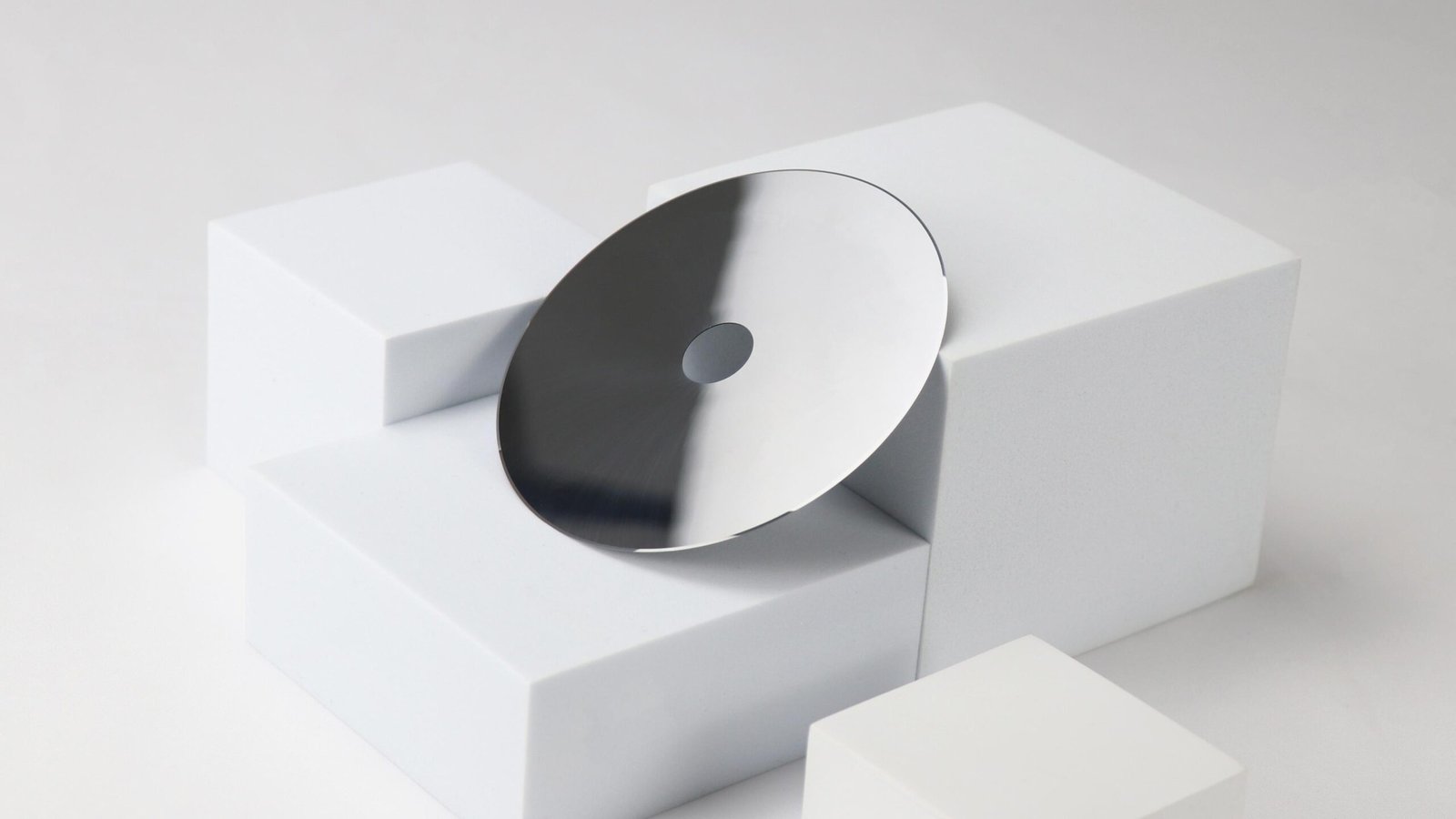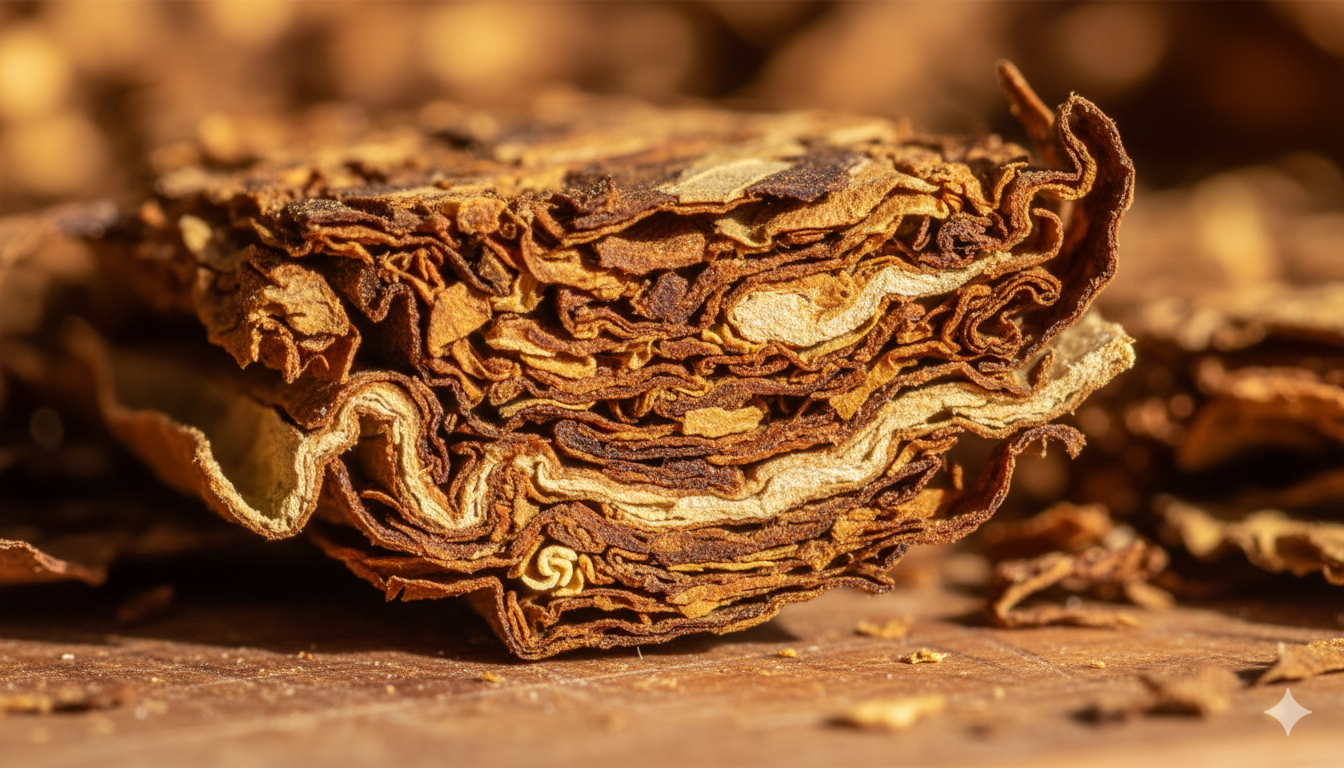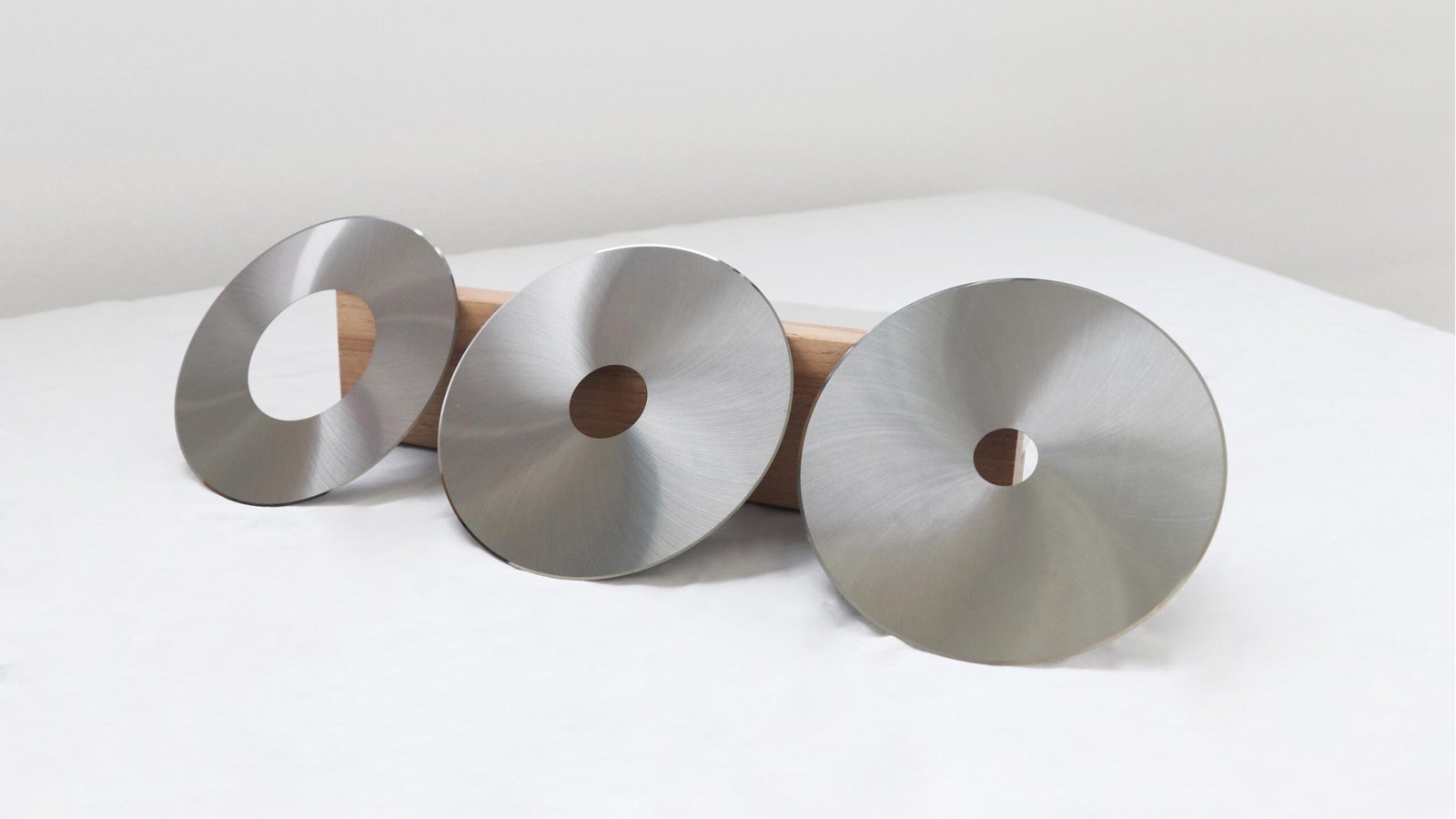Your tobacco quality is inconsistent, and production costs are soaring. These issues often trace back to one overlooked component: your tobacco cutting blades. The right choice can solve these problems.
The precision of tobacco cutting blades1 ensures consistent strip width for a uniform burn and stable flavor. The right blade material2 resists wear from hard stems and corrosion from additives. Together, they are essential for superior product quality, production efficiency, and lower costs.
A blade isn't just a piece of metal; it’s a critical tool that defines your final product. The difference between a premium cigarette and a mediocre one often comes down to the microscopic details of the blade that cuts the tobacco. Let's look at why precision and material are so important, and I'll share a story from a client that shows exactly what I mean.
How Does Blade Precision Directly Affect Your Product Quality And Costs?
Your cigarettes burn unevenly, and the packaging looks messy. Production lines halt frequently. This frustrates consumers, inflates operating costs, and damages your brand’s reputation. The solution lies in the precision of your cutting blades.
High-precision blades create uniform tobacco strips for consistent cigarette density and a better smoking experience. They also ensure clean cuts on packaging materials, reduce equipment wear, and minimize costly production downtime by preventing dust and debris.
When we talk about precision, we are talking about tiny measurements that have a huge impact. I recall a client who ran a tobacco cutting line. They faced constant complaints about their cigarettes. Some burned too fast, others were hard to draw on. Their maintenance team was also working overtime because the machinery kept jamming. The root cause was not the tobacco itself, but the blades. Let's break down how this happens.
The Impact On Product Uniformity
The most important job of a tobacco blade is to cut tobacco leaves into strips of a consistent width. Blade precision metrics, like the straightness of the cutting edge and the runout during rotation, directly control this. If a blade wobbles even slightly—we're talking fractions of a millimeter—it will produce uneven strips. These wider and narrower pieces get mixed together. When this mix fills a cigarette, it creates dense spots and empty pockets. This leads to an uneven burn rate, unstable draw resistance, and inconsistent flavor release. For the consumer, every puff is a different, and often disappointing, experience.
The Hidden Costs Of Imprecision
Imprecision causes problems beyond just the tobacco itself. Poorly made blades produce frayed edges when cutting cigarette paper. This makes the packaging look loose and cheap, which undermines the premium image you want to project. More importantly, imprecise cutting creates a lot of extra dust and small debris. This dust gets into the gears and sensors of high-speed packaging machinery. In the case of my client, their blade runout3 was over 0.02 mm. This small error generated so much dust that it caused frequent shutdowns in their precision machinery, drastically cutting their overall production efficiency.
| Feature | High-Precision Blade | Low-Precision Blade |
|---|---|---|
| Tobacco Strip | Uniform width | Inconsistent width |
| Cigarette Burn | Even and consistent | Uneven, runs down one side |
| Packaging Cut | Clean and sharp | Frayed and dusty |
| Machine Uptime | High | Low (frequent stops) |
Fixing the blade runout and improving the mounting precision completely changed their operation. The shutdowns stopped, and product quality became consistent.
Why Must Tobacco Cutting Blades Be Made From Specialized Materials?
Your blades wear out fast, get corroded, and have tobacco sticking to them. This means constant blade changes, contaminated products, and a strained production line. The solution is using materials designed for tobacco’s unique challenges.
Tobacco contains hard stems, sticky sugars, and corrosive additives. Specialized materials like carbide offer high wear resistance. Corrosion-resistant treatments prevent damage from additives, and low-friction surfaces stop sticky residues from building up on the blade.
Tobacco is not a simple material to cut. It’s a complex mix of organic fibers, hard stems, sticky sugars, and chemical additives. Each of these components presents a unique challenge to the cutting blade. This is why you can't just use any standard industrial knife. The material must be carefully selected. My client with the precision problem also had another issue: their blades were showing signs of rust near the cutting edge, and residue was building up quickly. This was a clear sign that the blade material was not right for the job.
Fighting Wear And Corrosion
Tobacco leaves contain hard, fibrous stems that are very abrasive. A normal steel blade will get dull very quickly when cutting this material. A dull blade tears the tobacco instead of slicing it, creating more dust and poor-quality strips. This is why high-wear-resistance materials are necessary. Tungsten carbide, for example, is exceptionally hard and can hold a sharp edge for a very long time, even in high-speed shredding operations.
But hardness isn't enough. Tobacco is often treated with humectants like glycerin to keep it moist. These chemicals can be corrosive. We saw this with my client's blades. The high humidity in their facility, combined with the flavorings, was accelerating corrosion and damaging the cutting edge. The solution was to use a corrosion-resistant grade of fine-grain carbide or apply a special protective coating.
Preventing Material Buildup
The sugars and flavorings added to tobacco can become sticky when heated by the friction of cutting. This sticky residue can build up on the blade surface. This buildup, or "sticking," increases drag, puts more strain on the motor, and can even tear the tobacco strips. To prevent this, blades need an extremely low surface friction coefficient. This is often achieved through mirror-grade polishing4 and by applying advanced coatings, like PVD, that have low-surface-energy properties. For my client, we introduced a blade with a PVD coating. This not only stopped the corrosion but also prevented residue from sticking, ensuring a smooth, clean cut every time.
| Material Property | Challenge from Tobacco | Ideal Solution |
|---|---|---|
| Wear Resistance | Abrasive hard stems | Tungsten Carbide |
| Corrosion Resistance | Corrosive additives (glycerin) | Stainless Steel or Coated Carbide |
| Low Friction | Sticky sugars and flavorings | Mirror Polish, PVD Coatings |
Conclusion
In the tobacco industry, blade precision and material are not details; they are fundamental. They directly control product quality, production efficiency, and profitability. Choosing the right blade is a strategic investment in your brand's success.
Explore this link to discover top-rated tobacco cutting blades that ensure quality and efficiency in production. ↩
Find out which blade materials are most effective for cutting tobacco and improving production. ↩
Understand the concept of blade runout and its significant impact on tobacco cutting quality. ↩
Learn about mirror-grade polishing and how it enhances the performance of cutting blades. ↩






